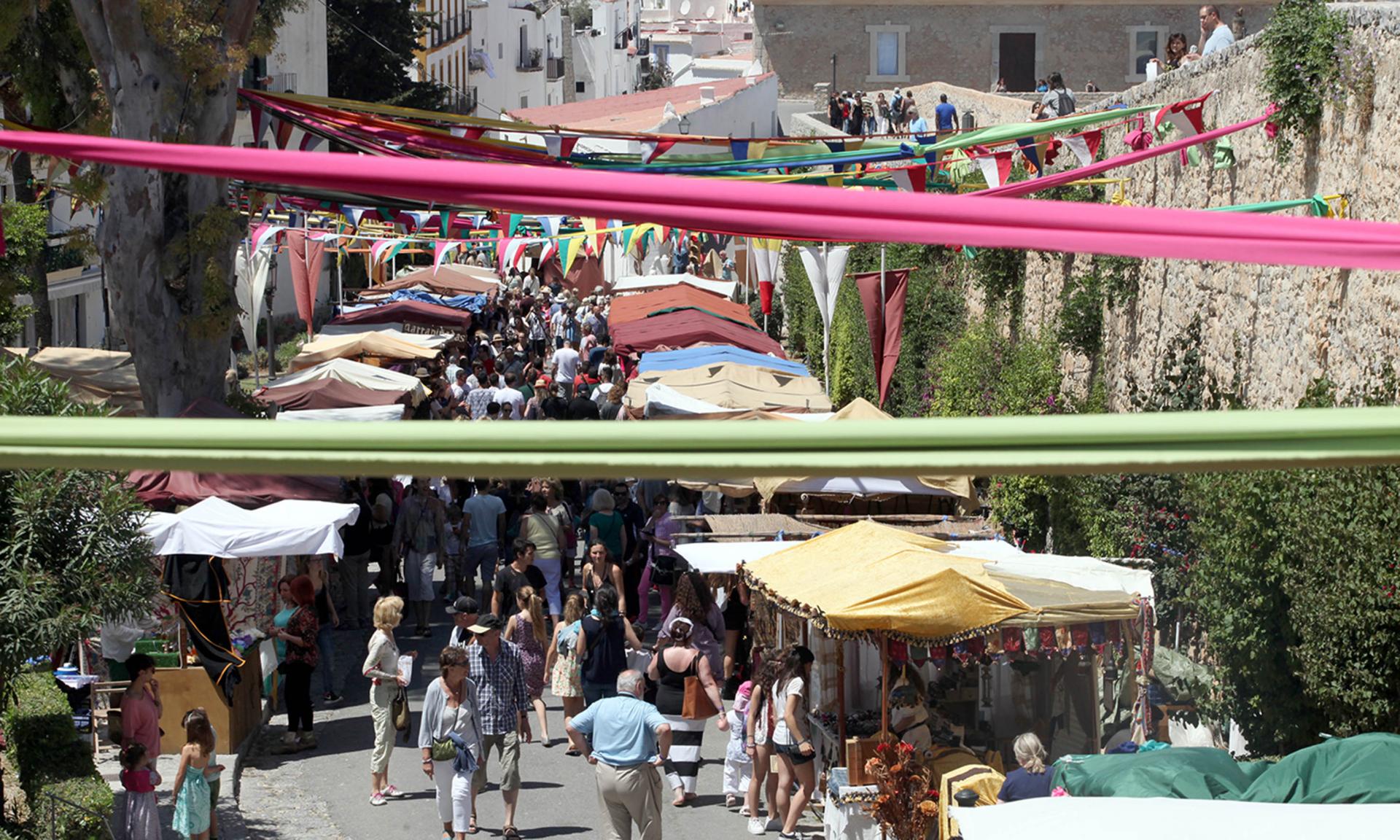In the year 1784, the great Palma-born admiral, Antoni Barceló i Pont de la Terra, was bombarding Algiers for the second time in two years and Friar Juniper Serra died at the San Carlos Mission in Carmel, California. The island that they had left, one temporarily, the other permanently, was in that year inhabited by 136,917 people.
Dijous Bo and the Pollensa mediaeval fair theory
A mediaeval fair in Pollensa? Possibly there was
Also in News
- Spain wants Britons to show they have 113.40 euros, £97, per day for their holidays
- Big changes on the horizon when Britons travel to Mallorca
- Over two hours for Britons to get through Palma airport queues
- Palma Airport passport control "collapse" put down to unscheduled flights
- Living in a motorhome in Palma: "It'll only get worse"


No comments
To be able to write a comment, you have to be registered and logged in
Currently there are no comments.